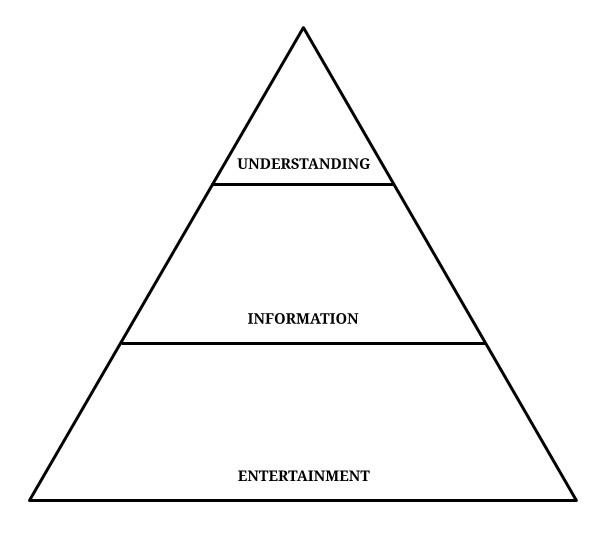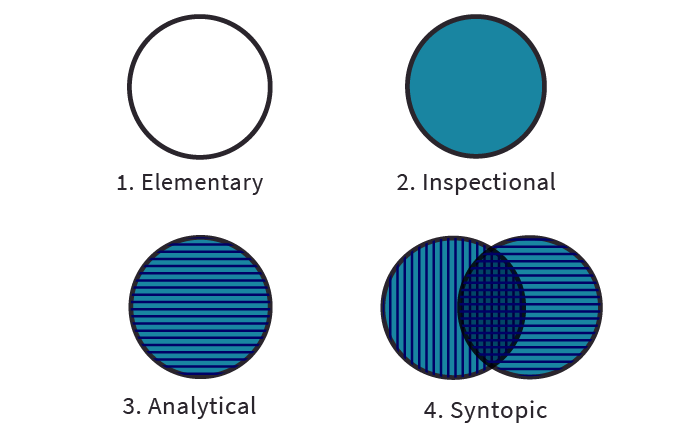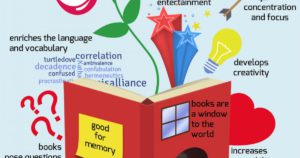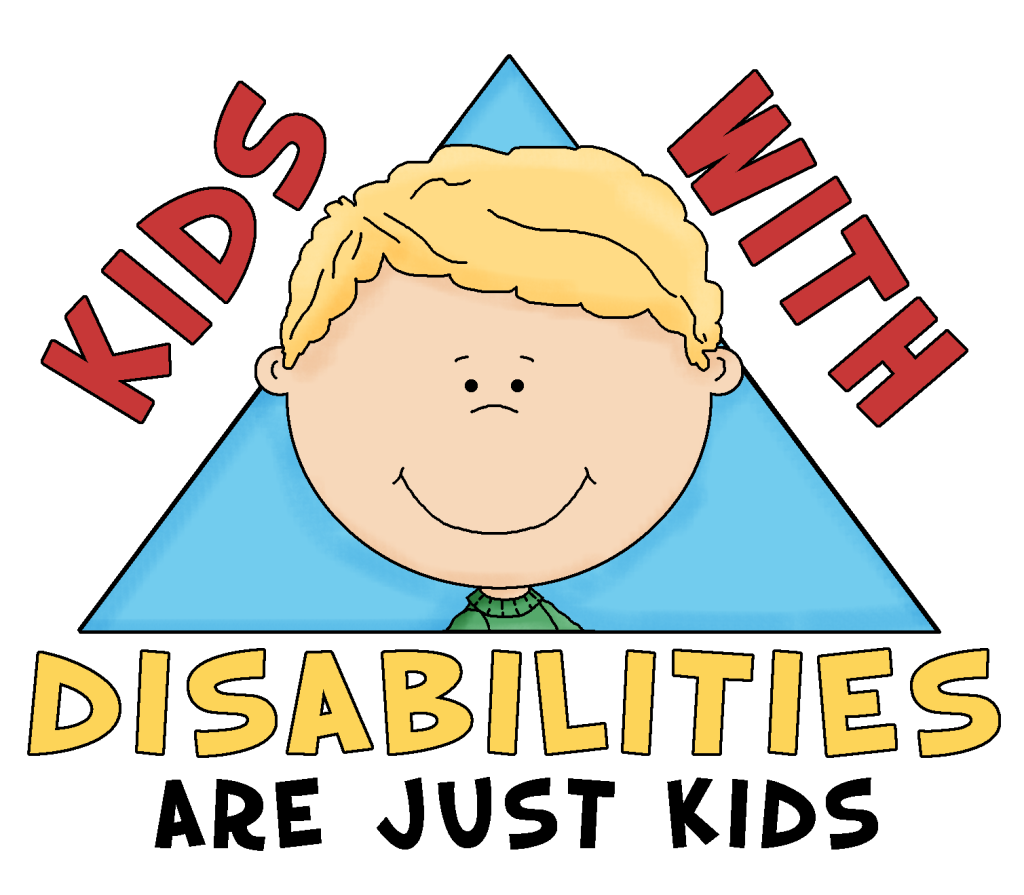How to Read a Book, published in 1940, has become a living classic. It is the best guide to reading comprehension for all readers.
In the book, you are told about the different levels of reading and how to achieve them. The various levels are discussed in detail below.
The Reasons Why You Should Read More
First, let us look at the various benefits of reading books. They include
- Increasing focus and concentration
- Help you learn new ideas
- Help boost your memory
- Prevents cognitive decline due to ageing
- Helps improve comprehension
- Expands vocabulary
- Teaches you to empathize with other people.
- Improves writing skills
- Boosts sleep
- Sharpen social skills
- Helps improve imagination
- Improves analytical skills
- Helps you structure information better
How To Read A Book?

After a certain level of literacy, we acquire reading skills– at least at the intermediate level. But, do you read well? There is a difference between reading for information and for understanding a topic. Most people only gain information when they read. They confuse knowing the name of something with understanding it. However, Knowing facts without understanding them gives you little gain.
Be a Better Reader
Firstly, while reading, don’t resist the effect the book has on you. This is especially true for fiction reading. Fiction demands the reader allow the book’s claims to evaluate him. However, this can not be called passive reading but is known as passionate reading.
Secondly, do not overwhelm yourself with the book’s terms and arguments. Non-fiction books use specific words and accurate language to make their arguments. On the other hand, fiction relies on metaphor and vagueness. Similarly, non-fiction depends on logic, while fiction art is illogical.
Thirdly, you might not find accurate and true content in a web of information. One needs to understand that it is non-fiction which may majorly provide you with a realistic picture of a given situation. However, this is not the case for fiction books. There may not be any truth to the setting, facts, or the characters. A story must only be likable, not necessarily accurate.
How to Read A Book Using The Four Levels Of Reading
The aim of reading a book determines how you read it. If you are reading for entertainment, you are going to read differently than to increase understanding. However, very few know how to read to understand information.
Before we can improve our reading skills we must look at the different levels of reading. Mortimer Adler proposed four levels of reading:

Elementary Reading
This level of reading is taught in elementary school. Elementary reading comprises of reading simple sentences and the ability to piece together letters and phonetics to form audible and legible word sounds.
Inspectional Reading
This level of reading talks about skimming and superficial reading. Using these tools you can increase understanding.
This refers to a quick check of the book by reading the preface, the table of contents as well as the index. This action will give you sufficient information to understand the author’s argument. Furthermore, skimming helps you decide if the book deserves your time.
- Superficial reading
This refers to plain old reading. Don’t think about the argument, look things up or take notes. Whether you understand the contents or not, move on. You can use the information gained to decide if you want to understand the book.
In summary, inspectional reading provides an overview of the book.
Analytical Reading
Analytical reading refers to through reading of a book. This is when you start engaging your mind and understanding what is said. There are four rules to follow,
- Divide the books according to the subject matter
- Compactly state what the book is about
- Identify its major parts and outline these parts
- Determine the problem the author is trying to solve
Inspectional reading has primed you for this, therefore, the task becomes easier.
Syntopical Reading
Also known as comparative reading, synoptical reading is a demanding and difficult task. It involves reading several books on the same subject as well as comparing similar and conflicting ideas and arguments.
This task requires translating the terminology, framing relevant questions, and defining the main issue.
The goal is of this type of reading is to understand the subject and develop deep knowledge.
There are five steps to syntopical reading:
- Finding Relevant Passages
You need to find books and passages that are most relevant to your needs. Following this, read all the books you have identified.
- Identifying Terms Used by Authors
Identify the keywords and look at how they are used by the author. The process becomes complicated as different authors use different terms to make their arguments. Use your own language to establish the terms.
- Ask the Right Questions
Instead of focusing on the issues, the book is trying to solve, focus on the questions you want to be answered. We must identify the problems that the author will answer. However, sometimes we may not get an answer because the authors may not have seen it as a question.
- Defining the Issues
If you have multiple answers to your question then an issue has been defined. Now, opposing answers are placed in order in relation to one another. Understanding multiple perspectives will help you form an intelligent opinion.
- Analyzing the Discussion
We might not receive a single unchallenged truth to any of our questions. In fact, our answer is in conflict with the opposing answers. Therefore, the value lies in the discussion you have with these authors.
Now that you understand the different levels of reading, you can apply these while trying to understand a book.
Final Conclusion Of How To Read A Book
Reading is about asking the right questions in order to seek answers. While reading for entertainment need not require deep understanding, reading to gain knowledge does.
In his book, Adler highlights the four levels of reading that can be used to gain insight into the contents of the book. Of the four, in inspectional reading, analytical reading and syntopical reading are crucial to understanding a book.
We encourage you to teach these levels to your child so that they can grasp information easily. At Podium School, we swear by the power of powerful reading as it is the foundation to other neo-academic skills like personality development, public speaking, and creative writing. For more informative tips on how to read well and enunciate smoothly, feel free to check out our blog archives. Begin with these excellent voice modulation techniques you should practice before speaking and reading aloud.
Share with your friends





